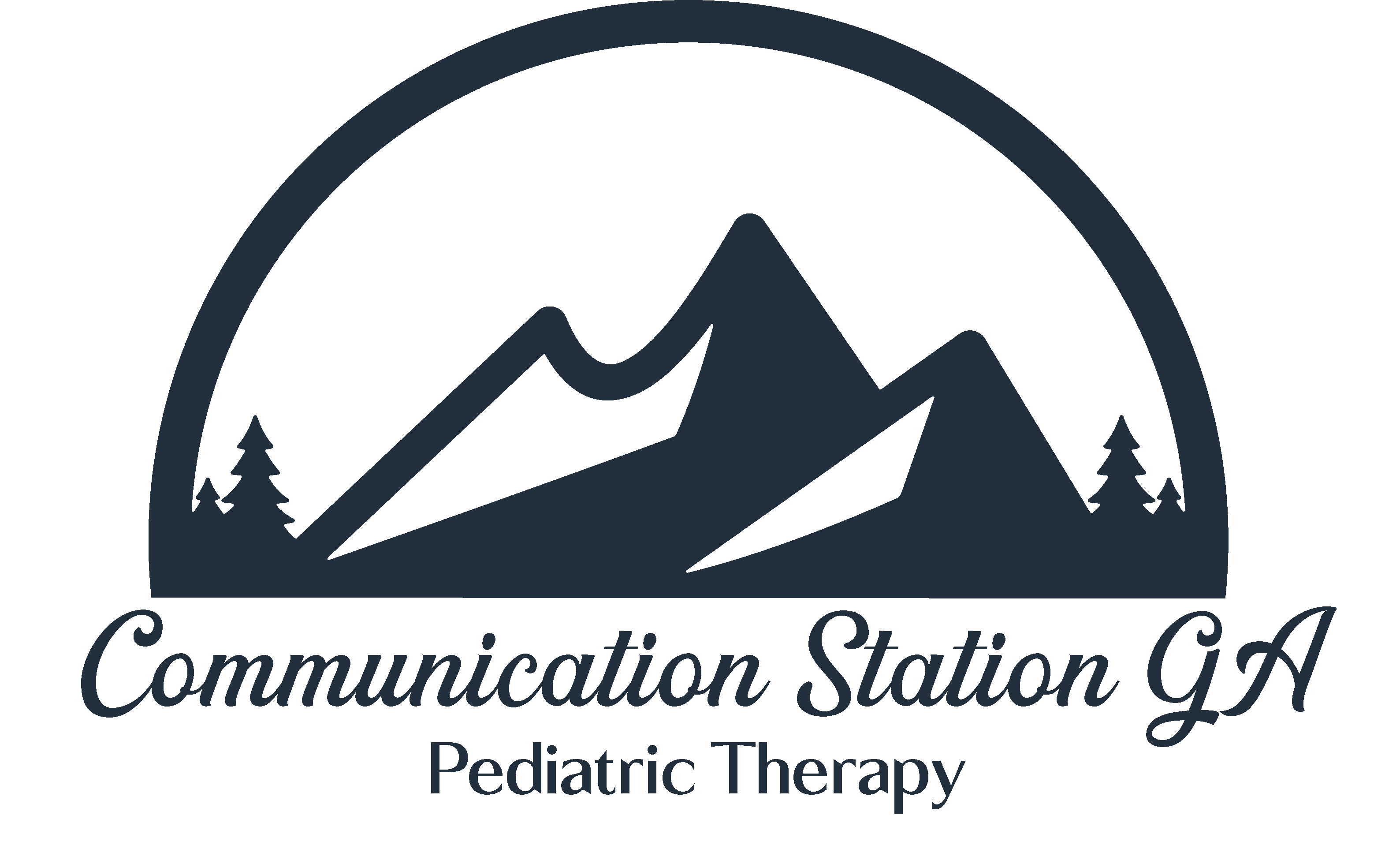Speech therapy for children, also known as speech-language therapy or speech-language pathology, is a specialized field of healthcare that focuses on helping children develop, improve, or overcome communication and language difficulties. Speech-language pathologists (SLPs) work with children who have various speech, language, and communication disorders to enhance their communication skills and overall quality of life.
Here are some common areas addressed in speech therapy for children:
- Articulation and Phonology: SLPs work with children who have difficulties with speech sounds. They help children produce sounds correctly, improve speech clarity, and develop proper articulation and phonological skills.
- Language Disorders: Speech therapy targets language delays or disorders that affect a child’s ability to understand and use spoken or written language. SLPs help children improve vocabulary, grammar, sentence structure, comprehension, and expressive language skills.
- Fluency Disorders: Children with fluency disorders, such as stuttering, may benefit from speech therapy. SLPs help children develop strategies to manage their speech fluency, reduce disfluencies, and improve overall communication.
- Pragmatic Language: Speech therapy addresses pragmatic language difficulties, focusing on social communication skills. SLPs work with children to enhance their ability to engage in conversations, understand nonverbal cues, maintain eye contact, and interpret social contexts appropriately.
- Voice Disorders: Children with voice disorders, characterized by hoarseness, pitch problems, or vocal abuse, can receive speech therapy to improve vocal quality, pitch control, and vocal hygiene.
- Augmentative and Alternative Communication (AAC): Some children may have complex communication needs and benefit from using AAC systems. Speech therapists assist in the selection, implementation, and training on various AAC methods, including sign language, picture communication boards, or high-tech devices.
Speech therapy for children typically involves individualized assessment, goal setting, and targeted intervention plans. SLPs employ a variety of techniques and activities tailored to each child’s needs, such as play-based therapy, language exercises, articulation drills, storytelling, role-playing, and technology-based interventions. The therapy sessions may be conducted in a one-on-one setting, small groups, or within a classroom environment, depending on the child’s requirements.
Collaboration with parents, caregivers, and other professionals involved in the child’s care is crucial in speech therapy. SLPs often provide guidance, strategies, and home-based exercises to help parents and caregivers support their child’s progress outside of therapy sessions.
It’s important to note that the specific interventions and techniques used in speech therapy may vary depending on the child’s diagnosis, age, and individual needs. Speech therapy aims to improve a child’s communication abilities, boost self-confidence, and facilitate successful interactions in academic, social, and daily life contexts.
